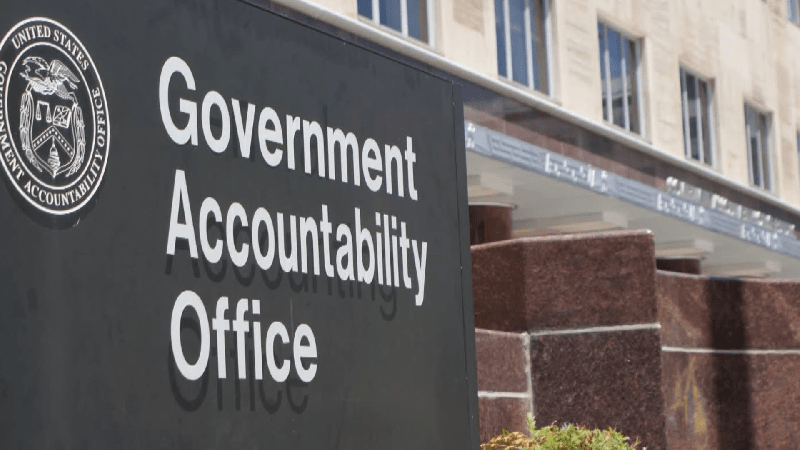
A new Government Accountability Office (GAO) report finds that the State Department is taking action to better promote diversity and inclusion in the agency’s workforce, but still has a long way to go to reach its goals – including putting in place the means to measure its performance and increasing accountability for its diversity, equity, inclusion, and accessibility (DEIA) goals.
In response to the GAO’s findings, the State Department concurred with recommendations that the agency put in place performance measures, enhance accountability for workplace DEIA goals, create a plan to improve its barrier analysis process, and improve its statistical methodology.”
On the plus side, GAO said that “State has taken steps to address many leading practices for managing diversity and inclusion, such as appointing a Chief Diversity and Inclusion Officer. The agency also created a strategic plan outlining its workplace diversity and inclusion goals and actions.”
“However, State doesn’t have performance measures to gauge progress for these goals,” the government watchdog agency said, adding that the agency “has not taken sufficient actions to enhance accountability for its workplace DEIA goals.”
The report also found that a majority of professionals working in the State department feel the agency has more to do on the DEIA front.
“Around 70 percent of the organizations GAO surveyed indicated that State does not hold managers and supervisors accountable for their progress toward achieving diversity and inclusion goals. Without ways to measure progress and enhance accountability, State may not achieve its goal of fostering a diverse and inclusive workplace,” the report says.
At the same time, GAO also discerned that most of the agency organizations it surveyed have “favorable views of senior leadership commitment to diversity, equity, inclusion, and accessibility.” GAO found that State is actively addressing five of seven leading practices for managing diversity and inclusion in the workplace, including employee involvement and diversity training, with plans to help address gaps in leadership, recruitment, and succession planning.
